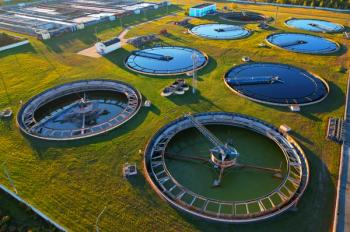
Column switching helps resolve contaminant interference in environmental samples
A team of scientists led by Takuya Kubo of the Graduate School of Environmental Studies at Tohoku University (Sendai, Japan) has published a method for reducing contaminants in environmental water analysis with liquid chromatography.
A team of scientists led by Takuya Kubo of the Graduate School of Environmental Studies at Tohoku University (Sendai, Japan) has published a method for reducing contaminants in environmental water analysis with liquid chromatography.
In environmental analysis, detection interference caused by contaminants such as humic acids is a common problem. Also, because of the smaller diameter and fine particle size often used in analytical high performance liquid chromatography (HPLC) columns, column clogging is often a challenge as well.
The team addressed those problems by using column-switching HPLC, which consists of a pretreatment column containing surface-modified polymer particles and flow changeover valves for cleaning the remaining matrices in the pretreatment column before analysis. This method was successfully applied to the analysis of bisphenol A using HPLC with fluorescence detection. The limit of detection (LOD) in real samples was
Newsletter
Join the global community of analytical scientists who trust LCGC for insights on the latest techniques, trends, and expert solutions in chromatography.





